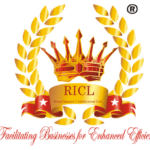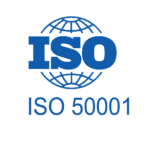What to expect during the ISO Certification process?
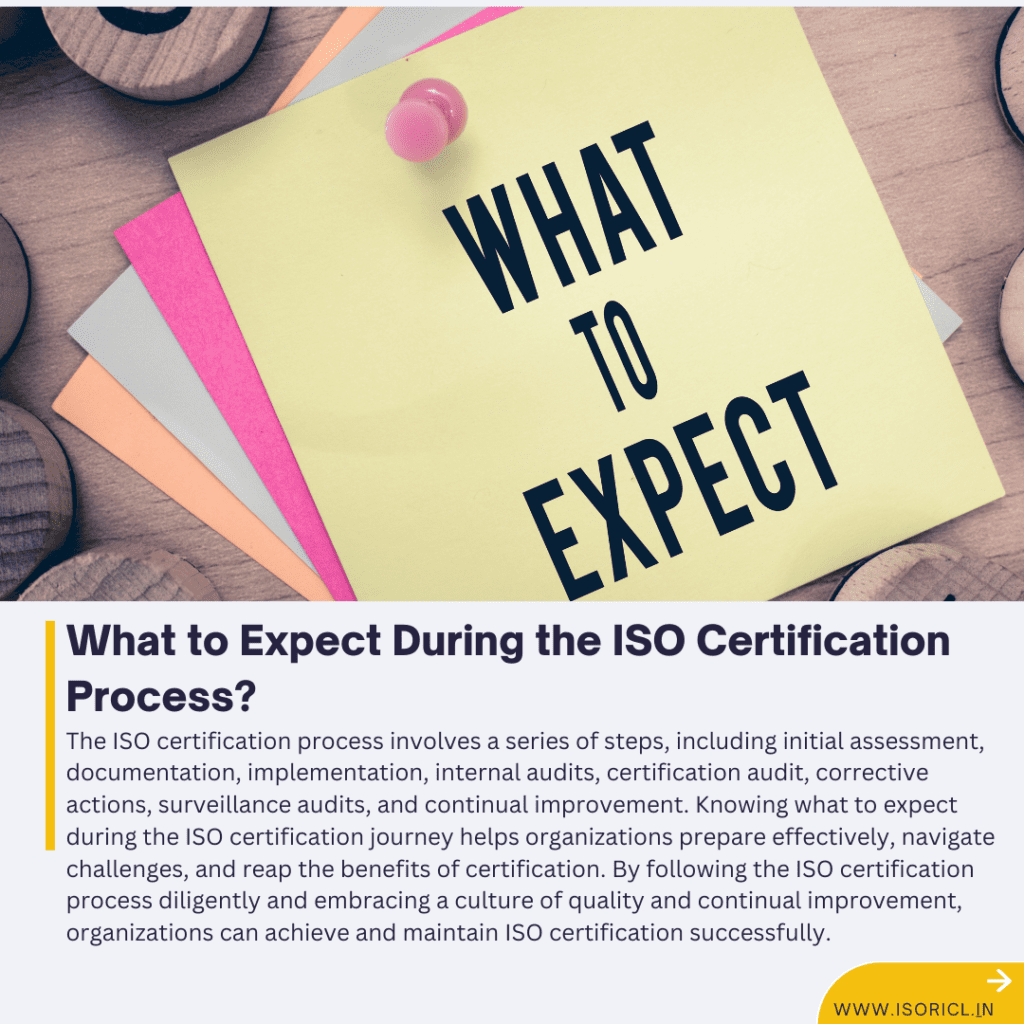
During the ISO certification process, organizations can expect several key activities and stages as they work towards achieving certification. Here’s a comprehensive overview of what to expect during the ISO certification process:
1. Initial Assessment and Preparation
Gap Analysis: Conduct a gap analysis to assess current practices against ISO standards. Identify areas where processes, documentation, or practices need improvement to meet certification requirements.
Documentation Review: Review existing documentation and procedures. Develop or update documented procedures to align with ISO standards, ensuring they reflect current practices and meet certification criteria.
Management Commitment: Secure commitment from senior management to support ISO implementation. Allocate necessary resources, including finances, personnel, and time, to facilitate the certification process.
2. Implementation of ISO Standards
Establishment of Management System: Implement the necessary processes and procedures to meet ISO standards. This includes:
Quality Management System (QMS): Implement ISO 9001 requirements, focusing on customer satisfaction, process efficiency, and continual improvement.
Other ISO Standards: Implement relevant standards such as ISO 14001 (Environmental Management), ISO 27001 (Information Security Management), ISO 45001 (Occupational Health and Safety), or sector-specific standards as applicable.
Training and Awareness: Provide training to employees on ISO requirements, procedures, and their roles within the Quality Management System. Raise awareness of the importance of compliance and continual improvement.
3. Internal Audits
Internal Audit Preparation: Conduct internal audits to evaluate the effectiveness of the implemented management system. Ensure auditors are trained and competent to perform audits objectively and impartially.
Audit Findings and Corrective Actions: Identify non-conformities and areas for improvement during internal audits. Take corrective actions to address findings and prevent recurrence, ensuring compliance with ISO standards.
4. Preparation for Certification Audit
Selection of Certification Body: Choose an accredited certification body recognized for conducting ISO certification audits. Consider their expertise, accreditation, and industry-specific knowledge.
Documentation Review by Certification Body: Submit documentation and evidence of implementation to the certification body. They will review documentation to assess readiness for the certification audit.
5. Certification Audit
Stage 1 Audit (Documentation Review):
The certification body conducts an initial audit (Stage 1) to review documented procedures and readiness for implementation.
Identify any major gaps or deficiencies that need to be addressed before proceeding to the Stage 2 audit.
Stage 2 Audit (On-site Assessment):
Conducted at the organization’s premises, the Stage 2 audit assesses the implementation and effectiveness of the management system.
Auditors verify compliance with ISO standards, observe processes in operation, and interview personnel to validate understanding and application of procedures.
Identify non-conformities and opportunities for improvement. Non-conformities must be addressed through corrective actions within a specified timeframe.
6. Certification Decision
Certification Decision: Based on audit findings, the certification body makes a decision regarding ISO certification. Possible outcomes include:
Certification: Issuance of ISO certification if all requirements are met and non-conformities are adequately addressed.
Conditional Certification: Certification may be granted with conditions requiring corrective actions or improvements within a defined period.
Non-certification: If significant non-conformities are identified and not resolved, certification may be denied. Organizations can reapply after addressing deficiencies.
7. Post-Certification Activities
Certification Maintenance: Maintain ISO certification through ongoing compliance with standards. Conduct regular internal audits, management reviews, and continual improvement activities.
Surveillance Audits: Periodic audits by the certification body to verify ongoing compliance and effectiveness of the management system. Surveillance audits typically occur annually or as agreed upon.
Renewal Audits: Renew ISO certification through periodic renewal audits, usually every three years. Demonstrate continual improvement and compliance with updated ISO standards.
Conclusion
The ISO certification process involves thorough preparation, implementation of management systems, internal audits, certification audits by accredited bodies, and ongoing compliance and improvement activities. By understanding and preparing for each stage of the process, organizations can successfully achieve ISO certification, demonstrating their commitment to quality, efficiency, and continual improvement in their operations.
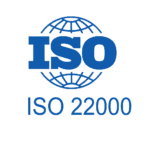
ISO 22000
Food Safety Management System

HACCP
Hazard Analysis and Critical Control Points

FSSC 22000
Food Safety Management Certification Scheme
ISO 22301
Business Continuity Management Systems
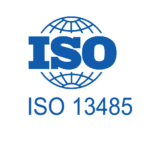
ISO 13485
Quality Management For Medical Device
ISO/IEC 27001
Information Security Management System
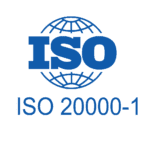
ISO 20000-1
Information Technology Service Management
ISO 42001
Artificial Intelligence Management System
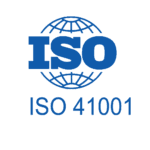
ISO 41001
Facility Management System
ISO 21001
Educational Organizations Management System
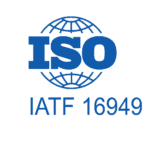
IATF 16949
Quality Management For Automotive

TL 9000
Quality Management System for Telecom

AS 9100
Quality Management for Aerospace Industry

ISO 30000
Ship Recycling Management System
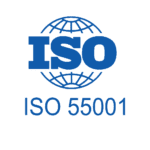
ISO 55001
Asset Management System
